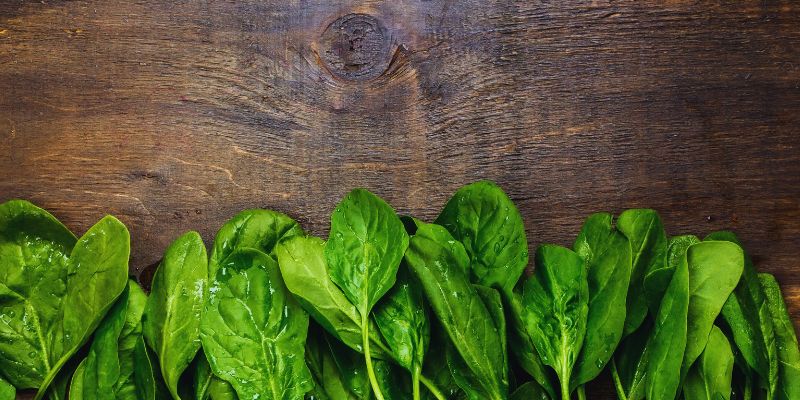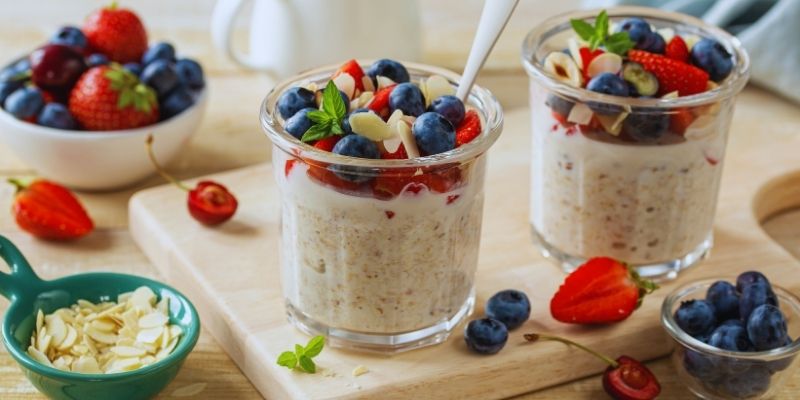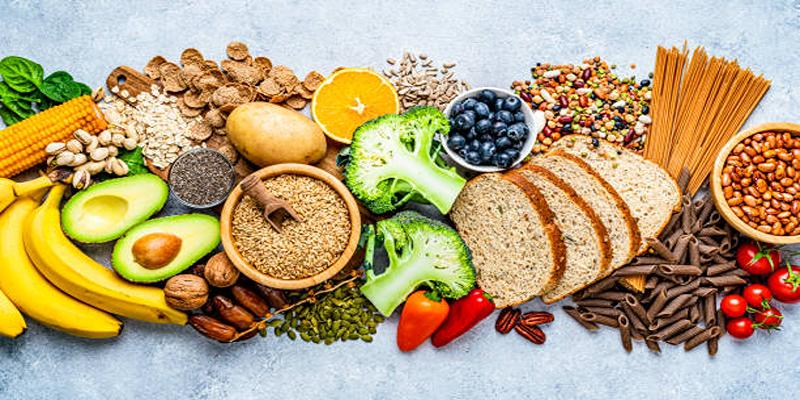The DASH (Dietary Approaches to Stop Hypertension) diet is designed to support heart health and reduce high blood pressure. Backed by scientific research, it emphasizes whole foods like fruits, vegetables, lean proteins, and whole grains. Discover 10 surprising facts about this highly effective eating plan that may transform your approach to nutrition and wellness.
1. It Wasn’t Originally Meant for Weight Loss

People widely believe that the main purpose behind the DASH diet is weight management. The dietary approach exists to assist people with hypertension management. The diet targeted lowering sodium content while encouraging patients to eat nutritious foods such as whole grains and fruits together with vegetables. The DASH diet promotes weight loss through its proper implementation which combines measured food portions with nutritious food choices.
2. It Supports More Than Just Heart Health
People mostly recognize the DASH diet because it helps lower blood pressure, yet this eating plan provides numerous advantages for overall health. The research indicates the DASH diet aids in decreasing the risk of various medical conditions and their related risks.
- Type 2 diabetes: The ongoing condition makes blood sugar metabolism dysfunctional due to dietary and lifestyle choices.
- Certain types of cancer: Includes cancers such as colorectal, breast, or pancreatic, which may be influenced by factors like diet, genetics, and lifestyle.
- Osteoporosis: A condition where bones become weak and brittle, increasing the risk of fractures, often due to age, hormonal changes, or lack of calcium and vitamin D.
This broad spectrum of benefits makes it one of the most versatile and health-promoting dietary patterns available.
3. It Encourages a Balanced Approach to Sodium
Unlike extreme low-sodium diets, the DASH diet offers a realistic and balanced strategy. It typically recommends 1,500 to 2,300 milligrams of sodium per day, depending on your health needs. This range allows individuals to adjust based on personal requirements while still supporting healthy blood pressure.
By not eliminating sodium, the diet becomes more sustainable and practical for long-term use.
4. It Promotes Potassium-Rich Foods
One often overlooked component of the DASH diet is its strong emphasis on potassium. Potassium helps balance sodium levels in the body and is essential for proper muscle and nerve function. The diet encourages foods like:
- Bananas: A quick and healthy snack packed with potassium and natural sugars for energy.
- Sweet potatoes: A versatile root vegetable rich in fiber and loaded with vitamins A and C.
- Spinach: A nutrient-dense leafy green full of iron, calcium, and antioxidants.
- Beans: A great source of plant-based protein and fiber, perfect for hearty meals.
- Oranges: Juicy and refreshing, packed with vitamin C to boost your immune system.
This nutrient plays a critical role in blood pressure regulation, making its inclusion just as important as sodium reduction.
5. It’s Backed by Extensive Scientific Research
Unlike many trendy diets, the DASH diet is supported by decades of scientific studies. Developed through research funded by the National Institutes of Health, it has been repeatedly tested in clinical trials and consistently shown to lower blood pressure and improve heart health outcomes.
Its evidence-based foundation gives it strong credibility among healthcare providers and nutrition experts.
6. It’s Flexible and Not Restrictive
One of the reasons the DASH diet is so sustainable is that it doesn’t rely on rigid rules or food group elimination. Instead, it focuses on:
- Whole grains: A great source of fiber, vitamins, and minerals, whole grains like brown rice, quinoa, and oats provide long-lasting energy.
- Lean proteins: Essential for muscle repair and overall health, lean proteins such as chicken, fish, tofu, and legumes are nutritious and low in unhealthy fats.
- Low-fat dairy: Options like skim milk, yogurt, and reduced-fat cheese provide calcium and protein without excess saturated fat.
- Fruits and vegetables: Packed with vitamins, antioxidants, and fiber, these should form a major part of any balanced diet.
- Nuts and seeds: A nutritious snack loaded with healthy fats, protein, and nutrients, perfect for keeping you energized throughout the day.
This flexibility allows people to tailor the diet to their preferences and cultural traditions while still achieving its health benefits.
7. It Can Improve Mental Health
Emerging research suggests that the DASH diet may positively impact mood and cognitive function. Nutrient-rich diets that reduce inflammation and regulate blood sugar are often linked to better mental well-being.
Some studies have found that individuals who follow the DASH diet have lower rates of depressive symptoms and improved cognitive performance, especially in older adults.
8. It Encourages Mindful Eating Habits
The DASH diet isn't just about what you eat—it’s also about how you eat. The diet naturally encourages:
- Smaller portion sizes
- Reading food labels
- Reducing processed food intake
- Increasing water consumption
These habits promote a more mindful approach to eating, which can lead to long-term behavior change and better health outcomes.
9. It Helps Control Blood Sugar Levels
Though not specifically designed for diabetes management, the DASH diet can be particularly beneficial for those at risk of high blood sugar. By focusing on whole, unprocessed foods and complex carbohydrates, it helps regulate insulin response and reduce blood sugar spikes.
Many people with prediabetes or insulin resistance have found success managing their condition by following DASH principles.
10. It’s Recommended by Leading Health Organizations

Major health institutions endorse the DASH diet, including:
- The American Heart Association
- The National Heart, Lung, and Blood Institute
- The Centers for Disease Control and Prevention
Its widespread acceptance by these organizations further underscores its safety, effectiveness, and value as a lifestyle-based intervention for better health.
How to Start the DASH Diet?
If you’re interested in adopting the DASH diet, here are a few simple steps to help you begin:
- Gradually reduce sodium intake – Start by limiting high-sodium processed foods and opting for herbs and spices instead of salt.
- Add more fruits and vegetables – Aim for 4–5 servings of each per day.
- Choose whole grains – Replace white bread, rice, and pasta with whole grain versions.
- Incorporate low-fat dairy and lean protein – Include yogurt, milk, fish, poultry, and legumes.
- Plan your meals – Meal prepping and reading labels can help you stay on track.
Conclusion:
The DASH diet is more than a heart-healthy plan; it’s a comprehensive, science-backed approach to overall wellness. From improved mental clarity to better blood sugar control, it addresses multiple aspects of health in a practical, sustainable way. Its flexibility and solid foundation in research make it an ideal choice for anyone seeking to improve their diet without drastic restrictions.












